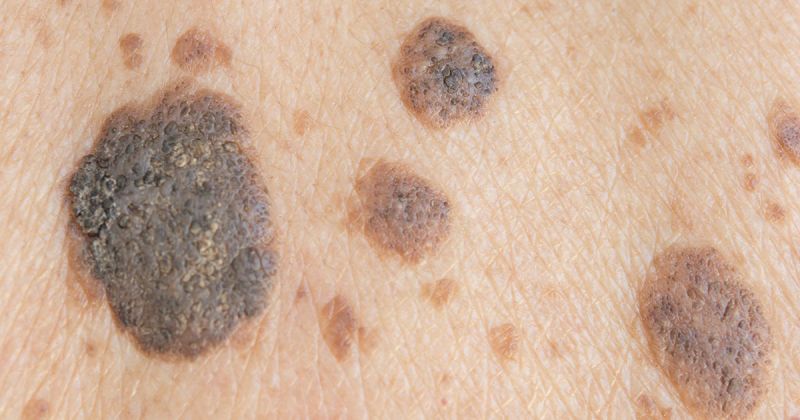The existing staging method for melanoma does not accurately reflect mortality and recurrence, according to results from a population-based cohort research that was conducted across the country.
Patients in the study who had stage IIB and IIC melanoma had a worse prognosis than those who had stage IIIA and IIIB melanoma, showing that the substages of melanoma were not accurately reflected.
“Knowledge of the stage-specific risk of recurrence and death from melanoma is essential for optimal treatment and surveillance organization,” Neel M. Helvind, MD, PhD, of the department of plastic surgery at Copenhagen University Hospital in Herlev, Denmark, and colleagues wrote. “This knowledge is needed for patient communication, to aid patient selection for adjuvant treatment, and to guide decision-making regarding adjuvant treatment for patients with stage II and IIC melanoma.”
To evaluate the stage-specific rates of recurrence, death from melanoma, and melanoma-specific recurrence-free survival, the researchers put together a population-based cohort study.
The 25,720 Danish patients who were 18 years of age or older and were initially diagnosed with stage IA to IV cutaneous melanoma between January 1, 2008, and December 31, 2019, were included in the study, which was done in Denmark.
Results revealed that, contrary to what is stated in the American Joint Committee on Cancer’s 8th Edition Cancer Staging Manual (AJCC8), higher stages were not linked to an increased risk of recurrence and melanoma-specific mortality.
10.6% of patients in total experienced recurrence, and mortality from melanoma in these patients was equivalent between stages. Stages IIIA and IIA showed respective melanoma-specific mortality rates of 13% and 13.6%, whilst stages IIIB and IIB showed respective melanoma-specific mortality rates of 18.4% and 22%.
56.6% of patients who suffered recurrence also did so distantly, either by itself (39.9%) or in conjunction with synchronous locoregional recurrence (16.7%). All melanoma substages had distant recurrence at the time of the initial recurrence.
“The high proportion of distant recurrences suggests a larger role of hematogenous dissemination in the metastatic pathways than previously assumed,” the authors said.
According to the study, the likelihood of recurrence is similar in stages IIIA and IIB (29.7% vs. 33.2%), as well as stages IIIB and IIC (35.9% vs. 36.8%). The authors claim that this demonstrates “the AJCC8 substages do not accurately reflect the risk of recurrence and mortality.”

 Diabetology2 weeks ago
Diabetology2 weeks ago
 Diabetology2 weeks ago
Diabetology2 weeks ago
 Diabetology1 week ago
Diabetology1 week ago
 Diabetology1 week ago
Diabetology1 week ago
 Diabetology1 week ago
Diabetology1 week ago
 Diabetology2 weeks ago
Diabetology2 weeks ago
 Diabetology1 week ago
Diabetology1 week ago
 Diabetology2 weeks ago
Diabetology2 weeks ago






